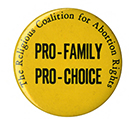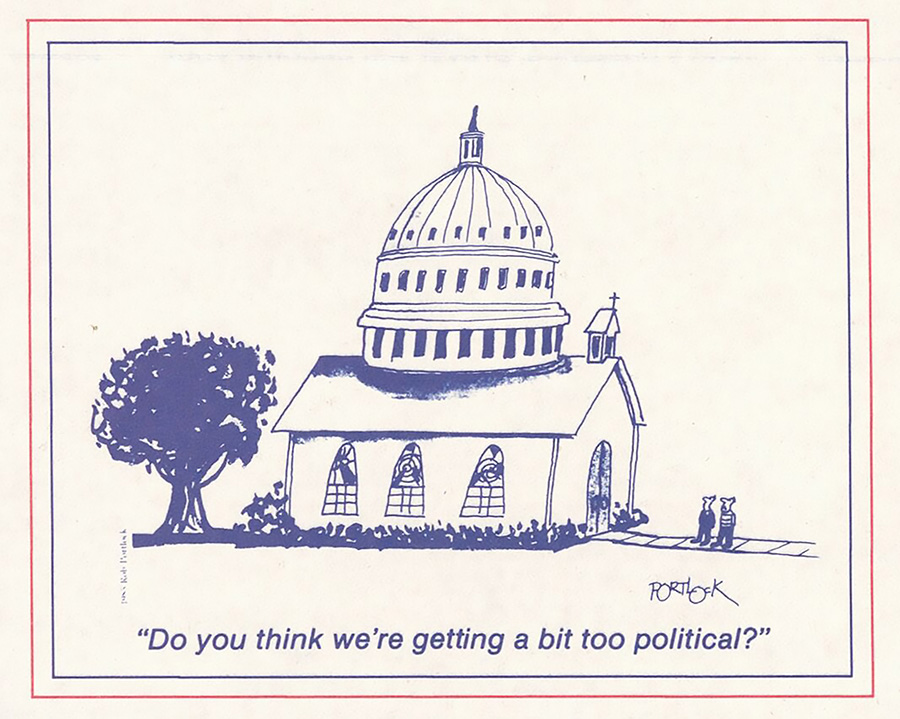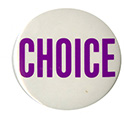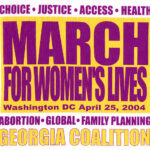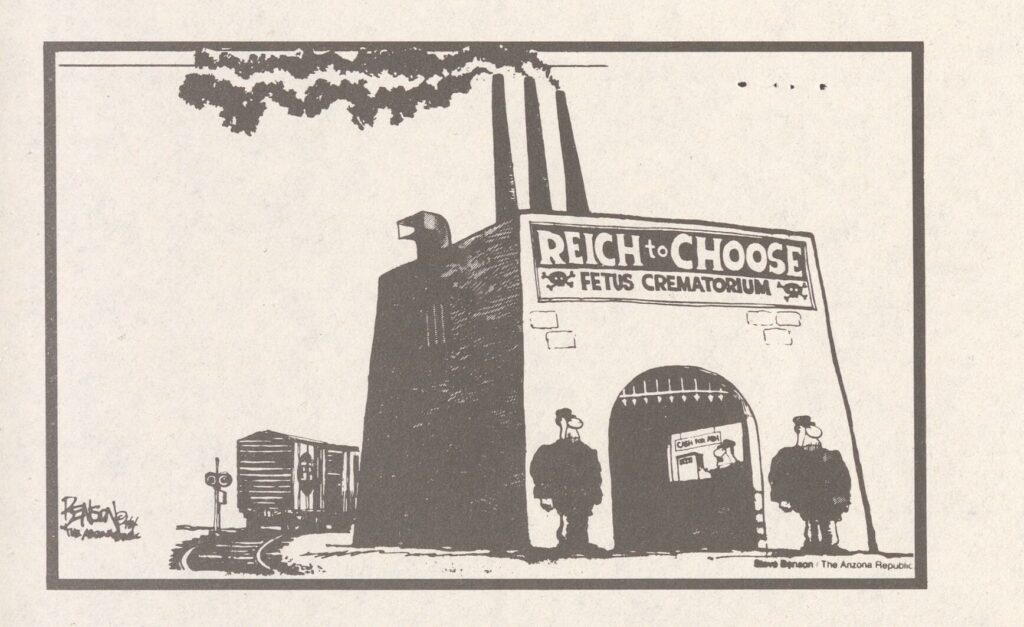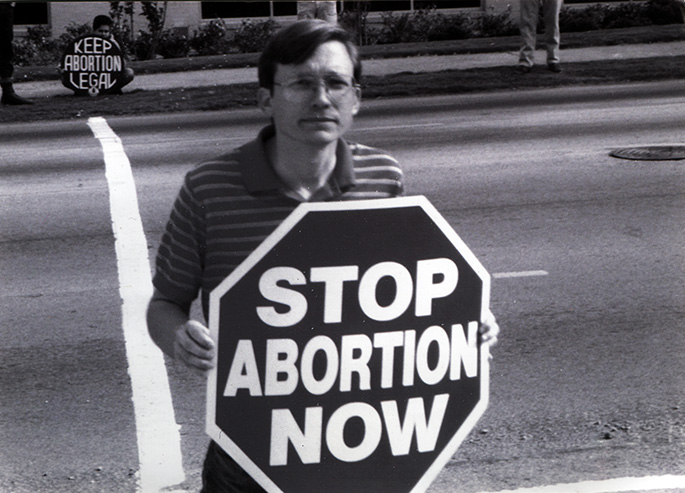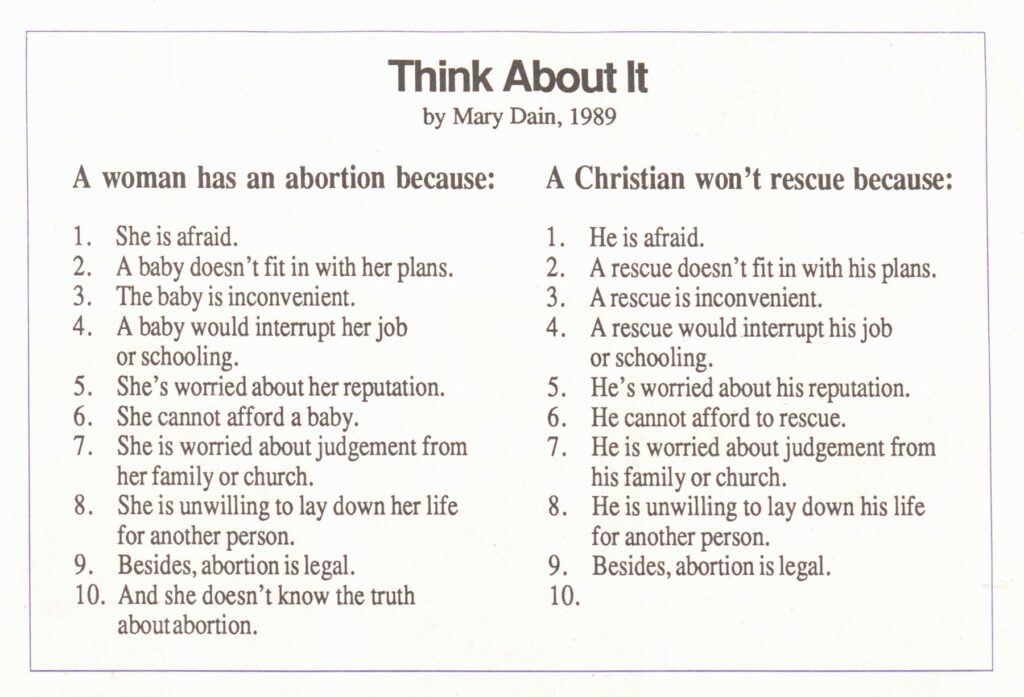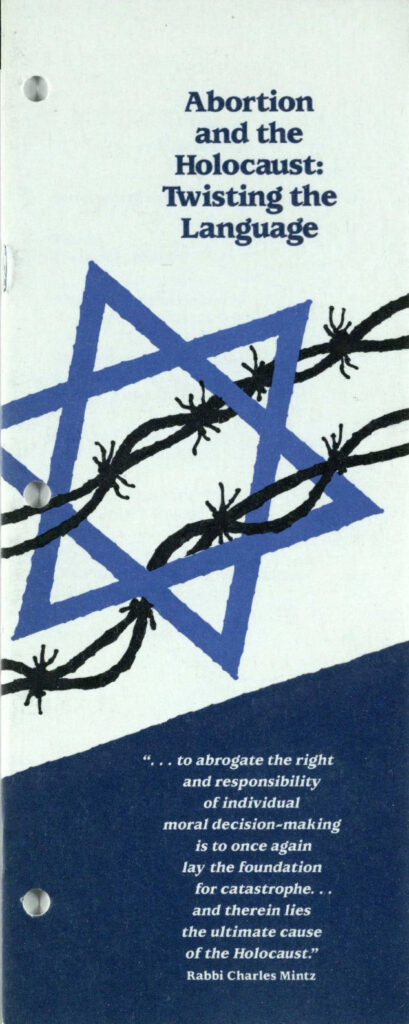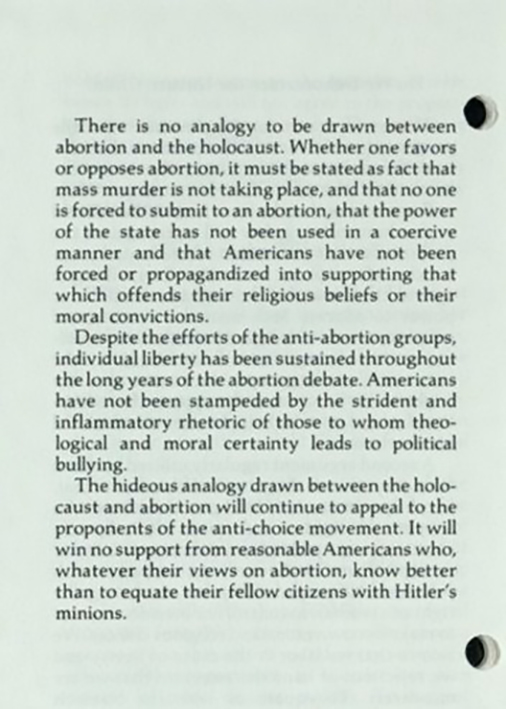Community Responses
Throughout the nearly 50-year history of Roe v. Wade, doctors, religious leaders, parents, and community members have spoken out about their stance on reproductive rights. Around the country and here in Atlanta, clinics have been attacked, doctors have been persecuted, and streets have been filled with protesters on both sides of this heavily contentious issue.
The question of religion, and whether or not Biblical teachings should play a role in the legality of abortion, has led to a variety of discourses on both sides of the aisle. While many pro-life organizations invoke Christian rhetoric to bolster their stance, other groups, like the Religious Coalition for Reproductive Choice, which features Jewish and Muslim leaders as well as a variety of Christian denominations, question the value and impact of these arguments.
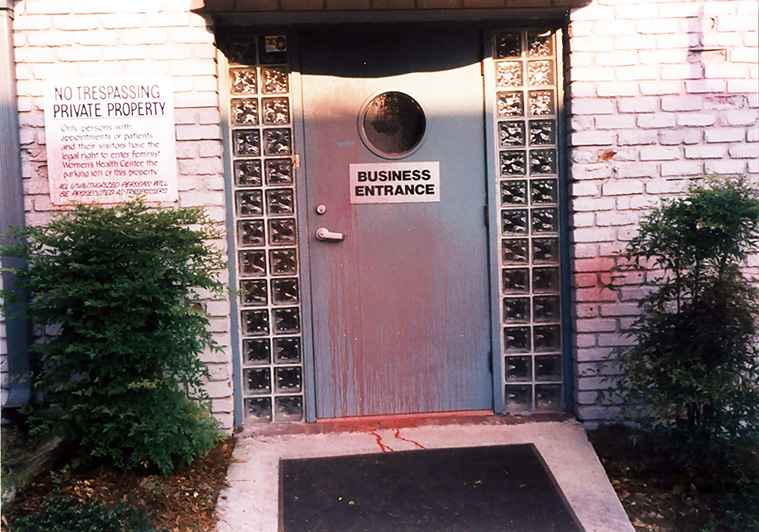

Reproductive health clinics often face threats of violence simply for opening their doors, regardless of whether these offices perform abortion care. Potential patients must walk past protestors with graphic signs and hateful rhetoric on their way into the clinics, and even volunteer escorts who help patients enter unharmed are verbally and physically harassed. These protestors often refer to themselves as “rescuers,” a reference to Operation Rescue. Their slogan, “If you believe abortion is murder, act like it’s murder,” motivated many of its members to incite violence against healthcare providers and abortion clinics.
When faced with an unwanted pregnancy, many women contact “crisis pregnancy centers” to learn about their options. However, many of these organizations are thinly veiled pro-life centers that not only refuse to provide information about abortion procedures but also chastise women who consider termination. These organizations target women with strategically placed advertisements near schools or in low-income areas, as well as online, then use scare tactics and misinformation to dissuade them from starting a birth control regimen, learning more about their health, or getting an abortion.

